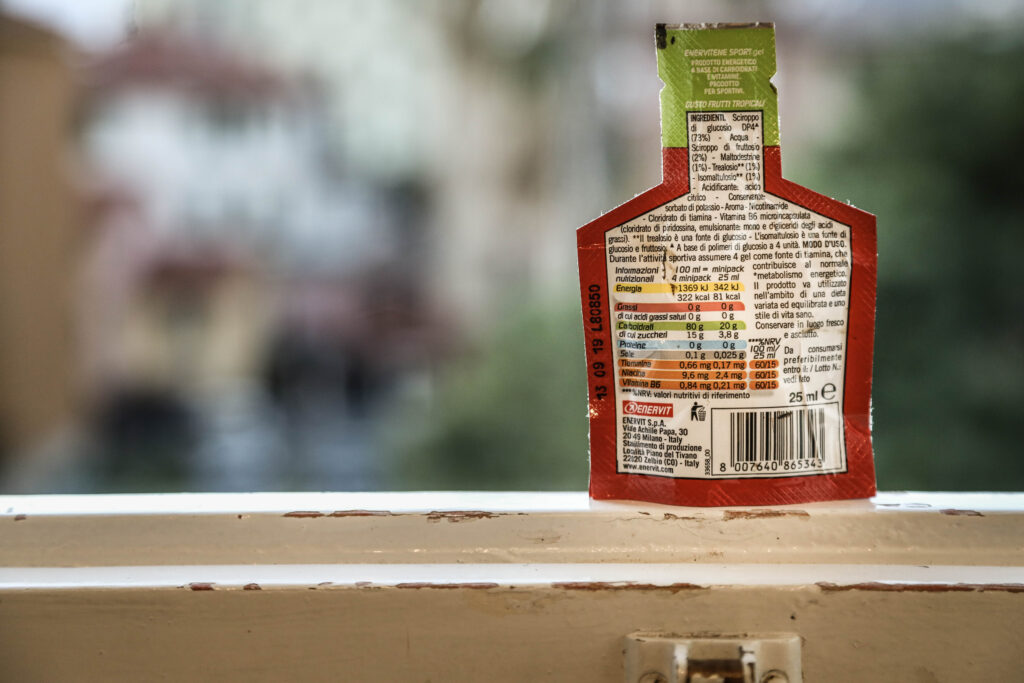Every time we buy packaged food, even if we don’t pay attention to its box, it is very likely that it shows its material components. And so the label will informs that, per 100 grams of product, how many grams are made of proteins, fats, sugars, carbohydrates, fiber, plus other things that, all together, should make 100 gr. In addition, if we were expert chemists, we could boil, centrifuge, precipitate physically divide all these components and split them into as many piles of material.
However, on the packaging label, there is always an additional key component: calories. Allegedly, our 100 g of product also “contain” a certain number of calories, which give us energy but may also make us fat.
The little mystery is this: are there really any calories in the food if it is impossible to extract them?
In a very obvious sense, calories are there. When we eat a piece of food, we feel better because, among the other reasons, we receive energy from the food.
But in another sense, calories aren’t literally inside the product. In fact, if we removed all the proteins, fats, sugars, etc., in the end there would be nothing left. So what? Where are the calories?
Of course, one can always say that the calories have been removed together with the other substances, but this is precisely the point. Calories are not a substance, a component that you can take away at will, calories are a fictitious quantity that describes real behavior.
Have you ever seen a calorie? No.
Has any chemist ever taken a photograph of a calorie? Obviously not. Calories cannot be photographed because they don’t exist.
Inside food there are proteins, fats, sugars and fiber but no calories.
A calorie expresses the ability of a substance to raise the temperature of one gram of distilled water by one degree from 14.5 ° C to 15.5 ° C, at normal atmospheric pressure. It is not a thing, but an activity that, under certain conditions, a piece of food is capable of doing.
In the medical field, some foods are said to be high in calories, and by saying so, language creates a ghost: the calorie. A way of speaking does what in linguistics is called nominalization, in philosophy hypostatization and in science reification: We invent a name for something that does not exist and, by means of repetition, we end up believing it really exists.
People (scientists and philosophers as well) have made confusion between the existence of a concept and the existence of something. Sometimes there is the word and there is also the real counterpart – eg. the Mont Blanc. Sometimes, there is the word, for example calorie, but there is no concrete entity. In this second case, the word is only a convenient shortcut to refer to complex states of affairs.
Calories are not inside food; they do not make up food. You cannot extract them from food without extracting proteins, sugars, fats, or carbohydrates. Calories express what a piece of food will do in the right conditions (for example when we eat it).
What do calories have to do with a blog like this one? Calories are an excellent example to challenge our trust in words. In the case of consciousness, there are many words that, alike calories, no one has ever managed to find out what they correspond to – information, computation, representation, mind, self, and subject. They are all fictitious entities that do not correspond to anything real; only words whose use is often handy.


